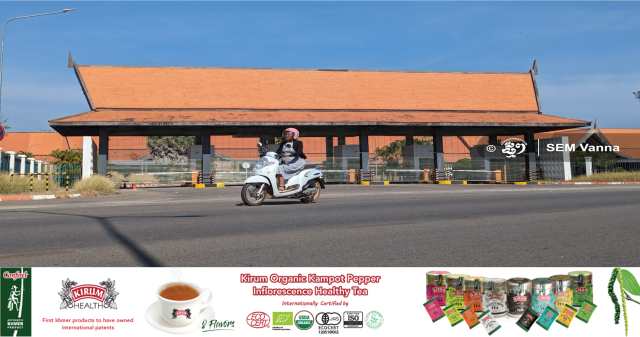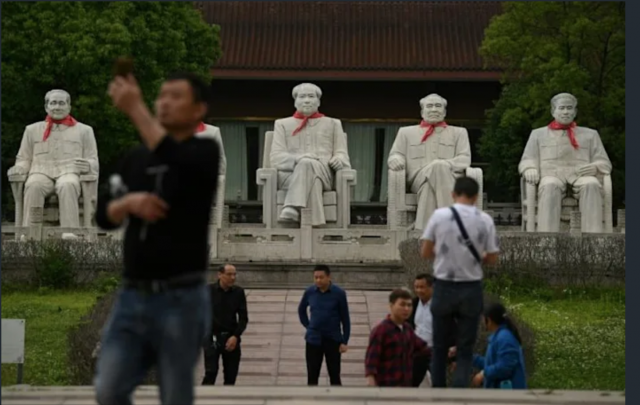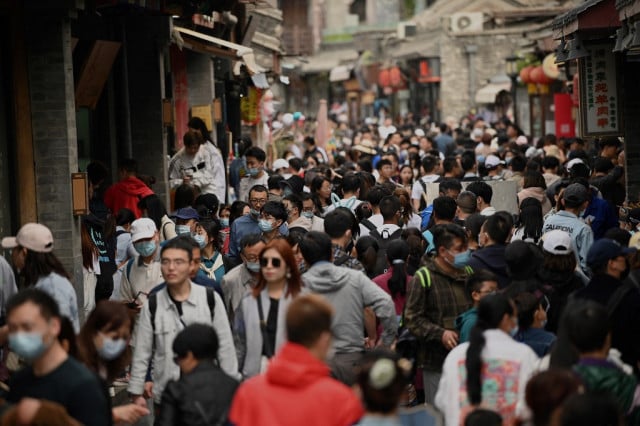Opinion: Looking into Putting the Old Siem Reap Airport to New Use Without Delay

- By Sao Phal Niseiy
- January 10, 2024 3:41 PM
In early January, I had the opportunity to travel past the old Siem Reap airport, which was decommissioned after the inauguration of the new Siem Reap-Angkor International Airport (SAI) in October 2023.
Now a ghost-like building, the airport could tell us a lot about the general planning and management of the infrastructure in the region. The saddest part is that it has been slipping into desolation and disrepair, signifying that it has been abandoned either largely or entirely. A nearly century-old airport holds great historical and cultural significance, not only as a place with a rich history but also as a site that played a major role in the province’s tourism industry and economy after it was opened in 1932 under French supervision.
As I started writing this piece, I realised that I wasn't simply deploring this, but rather expressing my frustration as a local resident of Siem Reap that a significant historical building such as the old airport had been abandoned and overlooked. Growing up, I would see the airport as a hub of activity, with planes taking off and landing. I saw the strong attachment the community had developed for the airport, and it became a source of joy and unforgettable memories for us all. It's hard to put into words the special emotions that the airport evoked in us in Siem Reap.

It appears that the suggestion to transform the former airport into a global conference and exhibition centre has not led to concrete action. And it is worth mentioning that, in our country, it is customary to dispose of outdated items once we obtain something new rather than putting them to other use.
I am not suggesting keeping the old airport open, but exploring how we can use the old building for good. The old airport could be repurposed, maybe transformed into an art gallery or a museum that would combine both cultural and commercial aspects maybe by adding a conference hall. This would require some public investment to turn the site into a social, cultural, or conservation space that would benefit the local community and tourists alike.

The airport's unique features and historical significance should be recognised and appreciated. Taking advantage of them, the facility could become an airport museum that would attract both international and local tourists, providing valuable information on the development of aviation services in Cambodia and highlighting the critical importance the Siem Reap airport has played for the economy of the province.
The authorities could explore with stakeholders and experts the different ways the old airport could be sustainably revitalised while carrying out studies to further explore the options, advantages/disadvantages of repurposing.
While the old airport is still in good condition, the Cambodian authorities should look into the matter and come up with a strategic plan, playing a leadership role ahead of public reactions such issues fall under the responsibility of the state. If those in charge in the government are unsure as to how to transform the old airport, experts in the field may be in a position to suggest or develop options.
Neglecting the airport building and allowing it to deteriorate would not reflect well on the province. Similarly, taking steps to demolish it to make way for new projects would show a lack of respect for its cultural and historical value as well as being a lost opportunity to have an existing facility serve a new purpose to serve the region. Transforming the airport into a multi-purpose venue that can adapt to the needs of the community would probably be the best solution.
The decision now rests in the hands of the Cambodian authorities, and I remain hopeful that they will soon consider transforming the building so that it will serve the interest of the community and of the tourism industry in the very near future.

















